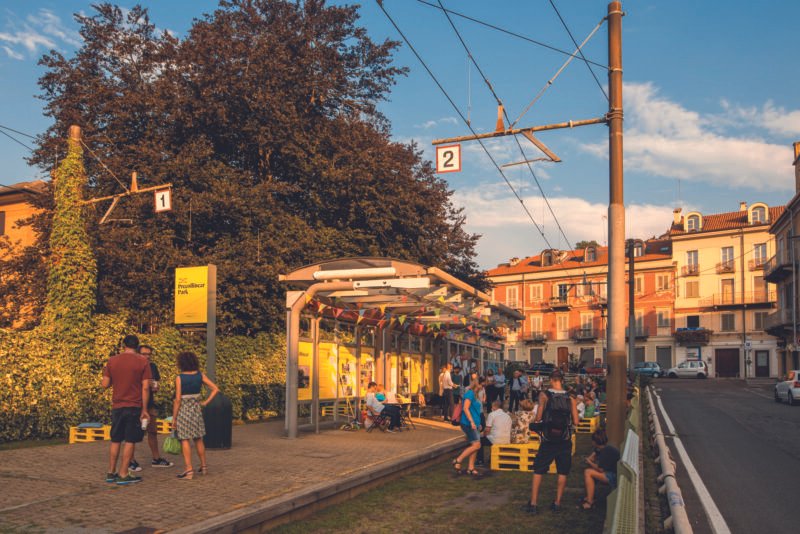Design Across Chinese Cities
For the past seven years, Beijing Design Week (BJDW) has offered a showcase of the best China has to offer in the field of design. The latest edition, held at the end of September, featured installations, design exhibitions and pop-ups focused on the redevelopment of China’s urban environment. Now, the Across Chinese Cities program of BJDW is releasing their first publication to survey critical design practices in China.
The publication, written in both English and Chinese, was launched recently at the 2016 World Design Capital Taipei. Titled Across Chinese Cities – Ideas in Action and styled as an almanac, this book features 115 projects that have been developing over the past decade; offering insight into the state of design in China today. These projects overlap across a range of fields from urban planning, architecture and urban research, to examples of social and co-design initiatives and organisations, visual and product design, publishing and fashion, to just name a few. Urban development in China is often seen as extremely large scale, anonymous and without compromise. This publication gives a nice insight into the other side of the spectrum, showcasing small-scale, bottom-up approaches to urban interventions that are focused on preserving traditional Chinese urban life.

Co-Living Courtyard

Courtyard House Plugin

Micro Yuan’er

The Thick Wall
A returning theme in many BJDW projects were the hutong areas, Beijing’s unique urban formations of densely populated traditional neighbourhoods. For instance, the “Co-living Courtyard” (by ZAO/standardarchitecture) explored co-living possibilities between public and private in the traditional courtyard structure. Or the “Courtyard House Plugin” (by People’s Architecture Office), that uses a house-within-a-house approach, allowing you to renovate old spaces in the hutong without tearing anything down. Another project by ZAO/standardarchitecture, “Micro Yuan’er”, redesigned, renovated and reused many of the messy add-on structures in the hutong courtyards. The architects believe these add-ons should be recognised as cultural relics and pose new sustainable possibilities. “The Thick Wall” (by DAMU) revitalised the residential facades of the hutong by changing the clear division between the public and private domain.

Humble Hostel

Hutong Reflections

Mobile Design Agency
When a group of youngsters came up with the idea to redevelop a vacant house in the hutong into a hostel, it would further congest the narrow and dense spaces around. The final design adopted a humble ‘giving back’ strategy that makes it possible to adjust the proportion of needed private space to public space, using a sliding wall with built-in furniture. The name? “Humble Hostel” (by Cao Pu). Another project, “Hutong Reflections” (by LE Architecture), is an installation that contains all necessary tools and accessories for Beijing’s famous street alley barbers, allowing them to remain part of the intimate street life in the hutong. The “Mobile Design Agency” (by LAVA), offered an impromptu and site-specific project delivering free logo-making services to street shop owners.

I am a Monument. Birmingham’s Library by Mecanoo on the left and OMA’s Beijing CCTV tower on the right

House on a House
The “I am a Monument” (by Li Naihan) collection shrinks a landmark building 1/100 scale times and turns it into collectable furniture, allowing for a re-imaging of how we look at the world. Another project, “House on the House” (by YU Ting) changed the scale in a dense hutong area by renovating an old water tower constructed in the 1920’s into six apartments.
Across Chinese Cities: Ideas in Action
A project presented by: Across Chinese Cities
Organizer: Beijing Gehua-Rizzoli Design & Communication Co Ltd.
Institutional Support: Beijing Design Week
Publication Curator: Beatrice Leanza
Project Management: Evelyn Chen Yi Chenhao
Graphic Design: D-T-Z-W Studio(Li Xibin)
Editors: Qin Lei,Wang Qing,and others
Translation: Zhou Xuan, Lin Yan
Soft cover, 320 pages
Language: Chinese and English



